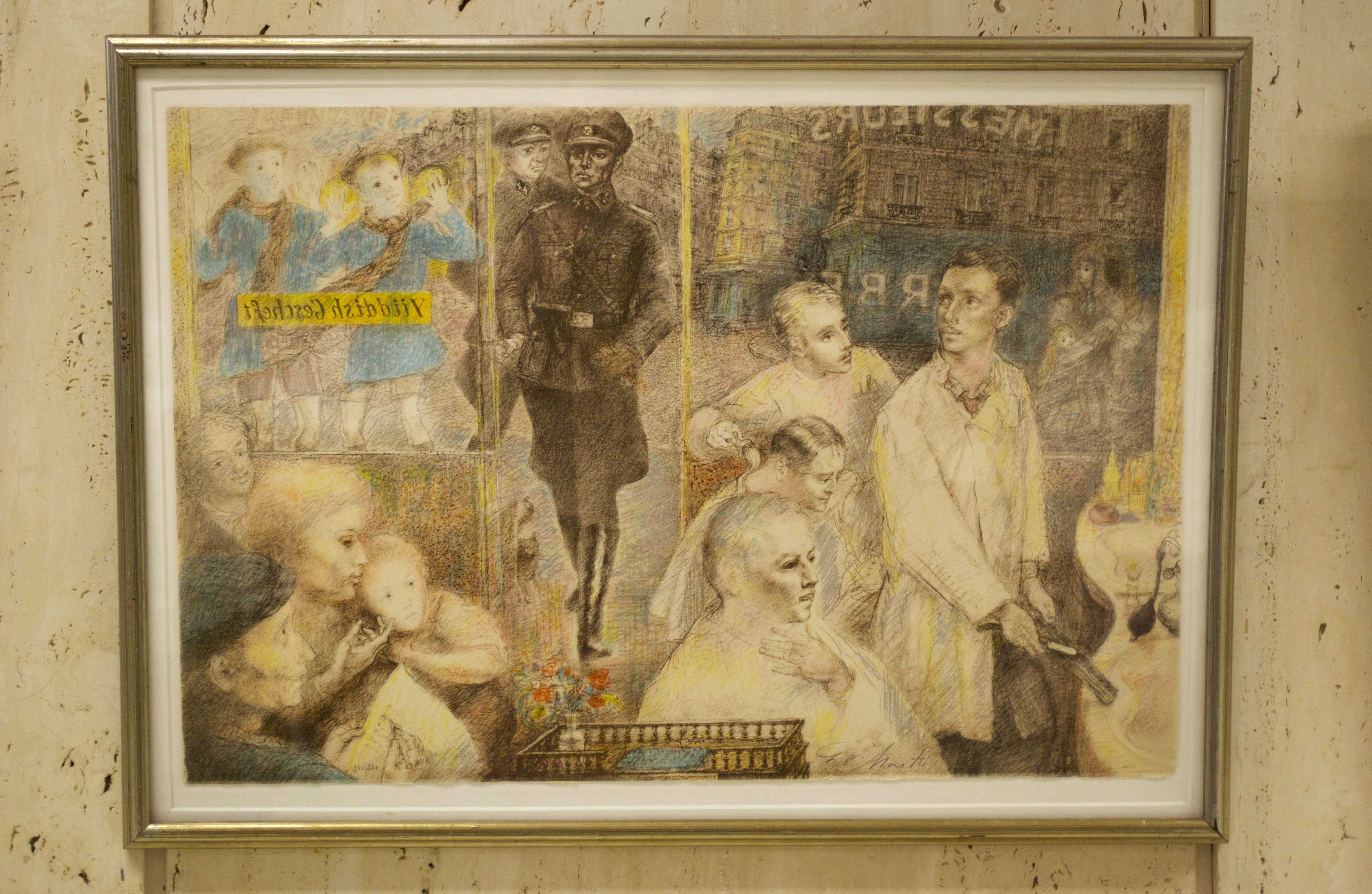
Displaced: The Semiotics of Identity, is an ambitious exhibition of art and historical artifacts that explores diverse aspects of the displacement of people and things, and its many repercussions. On display at the Wilson Library at the University of Minnesota, this sprawling exhibit inhabits walls throughout the first and the fourth floor, as well as having an online component. The exhibit’s theme is to explore the meaning made of a person’s or object’s identity in different spaces and times. The topic is in-and-of-itself huge, but the process whereby the show developed is why it is so ambitious: Displaced was curated by students.
The eleven listed curators are students in ARTS 1490/3490, “Be the Curator,” an undergraduate workshop on curatorial theory and practice led by Deborah Ultan Boudewyns, Instructor and UMN Libraries Arts and Architecture Librarian. These students delved into the process and challenge of curatorial work; their course included study and reading in the history of curatorial work in museums and galleries, the challenge of curating difficult and sensitive subjects, numerous field trips and guest speakers, as well as the task to curate and install Displaced in Wilson Library.
The Center for Holocaust and Genocide Studies has an art and historical artifact collection which served as the foundation of the exhibit. CHGS collections provided a basis for the students in formulating ideas about how to present art and make choices about the display and information associated with each piece. For example, the sensitive nature of the swastika as a symbol brought forth the question of how to display a knife from World War II Germany with a swastika emblazoned on it.
The reference to semiotics in the subtitle is apropos. Semiotics is the field of thought surrounding the ways in which meanings are created and transmitted. This is exemplified by a mundane stop sign on a street, where drivers are expected to respond to the traffic direction lawfully. But what happens when you put the stop sign in an art museum? Similarly, a swastika on the handle of a knife would have been part of daily life during World War II. It is now in a different context, preserved in an academic collection. What new kinds of meaning will be made in the mind of the viewer upon encountering this artifact and symbol in a wholly new environment? Knowing that the swastika is a symbol that entails terror, the students’ curatorial process endeavored to take viewer reaction into account, while articulating their own curatorial goals. The range of curatorial issues encountered by the students, therefore, began with material considerations, such as how to hang and display certain work, which were ultimately inseparable from major intellectual inquiries, because context can have a strong influence on viewer response.
The overarching curatorial exercise was a process of the juxtaposition of art in order to highlight areas of coherence between CHGS collections and the works exhibited by contemporary artists. The questions asked in this curatorial process are huge and ultimately unanswerable, but the exhibition that came together out of this process is diverse and intellectually absorbing. It fills the library, as is appropriate given the gravity of the topics addressed, and contains an array of pieces of art which are stirring, beautiful, evocative, and technically superb.
The art in this exhibition is evidence of the act of making meaning, in response to huge instances of historical and personal trauma. The photos below take you on a virtual tour through the show.
The student curators are: Kristina Eng, Agnes Esser, Emily Gallina, Kennedy Gunnes, Dan Hasty, Madeline Hudek, Samuel Lynn, Jerald Mironov, Jennifer Sweet, Anya Udovik, Caroline Woodruff, and Winston Xue.
The local artists represented are: Melissa Boric, David Feinberg, Kimchi Hoang, Wing Young Huie, Marc La Pointe, Alex M. Petersen, and Laura Youngbird.
The artists represented by CHGS Collections are: Felix de la Concha, Bette Mittleman, and deceased artists Lucien Philipe Moretti, and Maxine Rude.
The historical artifacts are on display digitally here.
Demetrios Vital is Outreach Coordinator for the Center for Holocaust and Genocide Studies. In this role he is responsible for the care and promotion of CHGS art and object collections, as well as working with the community in the development of programs, activities, and events.

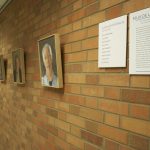
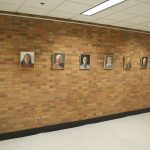
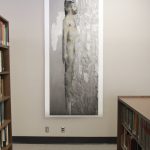
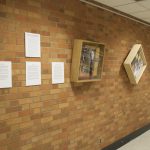
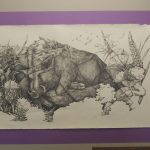
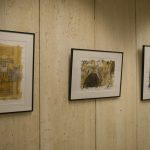

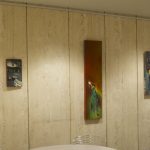

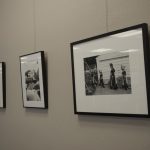
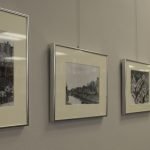

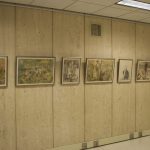
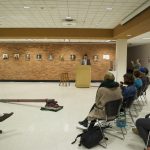
Comments